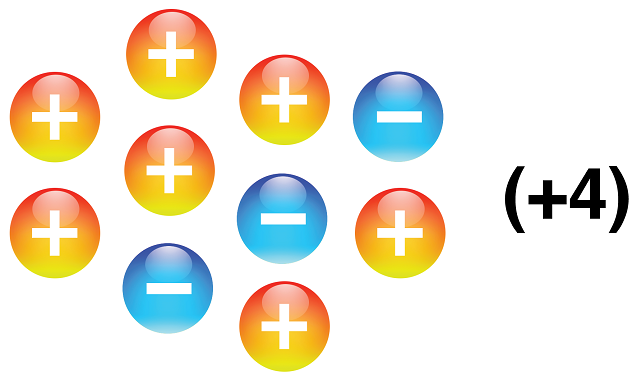
The Adding and subtracting directed numbers resource is a concept development lesson from the Mathematics Assessment Resource Service. The resource has a strong focus on developing conceptual understanding.
The lesson develops a model for addition and subtraction of directed numbers by using positive and negative ‘charges’ shown on discs. The initial task is to explain how this diagram shows the number 4:
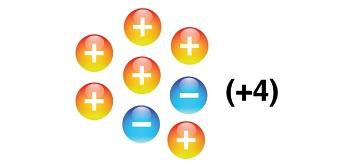
Some students may be confused if they have not encountered anything like this before, as there are 8 objects. An extensive guide accompanies the resource and contains suggestions for overcoming difficulties such as this.
When a positive disk and a negative disk ‘cancel’ each other out, this corresponds to the fact that (+1) + (–1) = 0
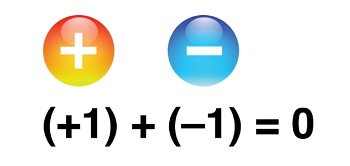
The next task is to ask students to find several different ways of showing a value of 3. Can they find a unique way no one else in the class has found? Can they make the number 3 by using exactly eleven symbols?
When it comes to addition, the process starts by displaying the first number in the calculation. So, for (+4) + (–2) the first step is to show (+4), and then show (–2) being added to the diagram. The diagram below illustrates the process:
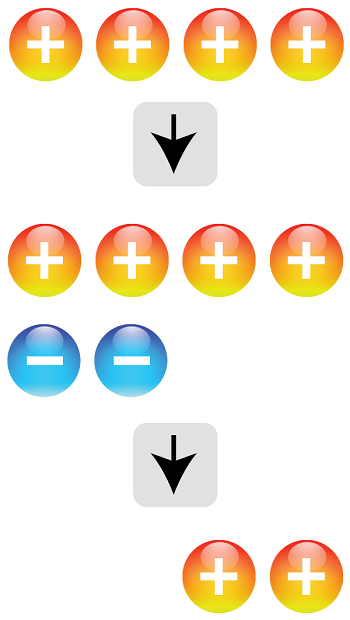
Moving on to subtraction brings in the concept developed earlier of different representations of the same number. To work with (+2) – (–1) the following representation of (+2) is used:
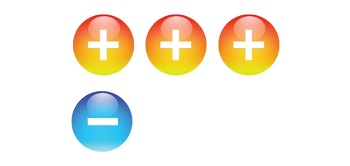
The ‘story’ of (+2) – (–1) is represented by the diagram below:
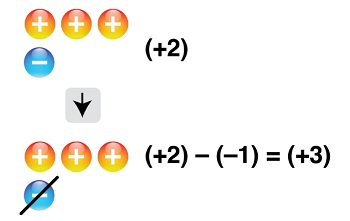
In working with this method, students must think ahead and draw a representation of (+2) that includes one negative disc.
There is a collaborative activity where students pair calculations with a pictorial representation of the calculation, and then write the correct answers to the card.
In common with other concept development lessons, there is an initial formative assessment, designed to highlight points that students have yet to grasp. The resource concludes with a second assessment to gauge the extent to which students have grasped the concepts of the lesson.
About the Mathematics Assessment Resource Service
The Mathematics Assessment Resource Service (MARS) is a collaboration between the University of California at Berkeley and the Shell Centre team at the University of Nottingham, with support from the Bill and Melinda Gates Foundation.
The team is known around the world for its innovative work in maths education. Previous projects that members of the team have worked on include the Department for Education Standards Units and the Bowland Maths resources.
Join our community
This resource is one of several new resources produced by the Mathematics Assessment Resource Service now hosted on the STEM Learning website.
You can keep up to date with other new resources and ideas over in our community group. Over the coming months, we will be taking a closer look at other great teaching ideas from the MARS project.


